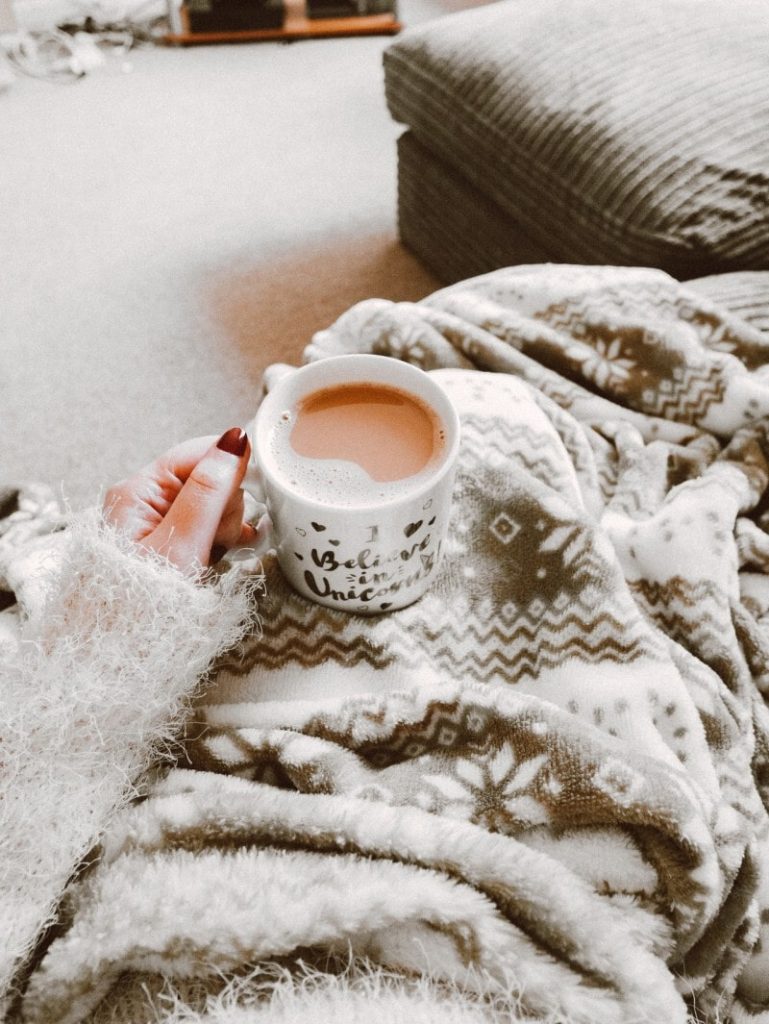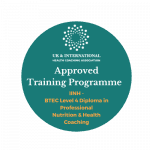We are uncomfortable with taking it easy. Overworked, burned out and stressed, we have terrible work-life boundaries and spend most of our lives in busy mode. In fact, we even attach negative words to people who do ‘nothing’ like ‘couch potato’ or ‘slacker’. There is a new tide approaching but it’s still a slow-moving wave. With more interest in health and wellness, we are changing our ways and leaning into good food habits and exercise. However, our mental health is still getting the least attention compared to diet and fitness. In this Western world of go-go-go, can you learn anything from lifestyle trends that can improve your mental health? Let’s jump into the blog and see.
Stress: A Quick Revisit
The idea of being busy is deeply ingrained in first world culture. Work hard, play hard. Societal pressure do nothing to help us manage stress. In fact, we are becoming more stressed, tired and sick. Your health is affected by not just what you eat but how you live too. Stress can undermine your health in a number of obvious and not so obvious ways. If you don’t manage your stress, it will undermine all your positive changes in other areas.
Chronic vs Acute stress
Historically, all stress was acute meaning it would come in short and sharp bursts e.g. running away from a dangerous animal. During these moments, our body would experience something called a ‘fight or flight response’ meaning certain hormones, namely cortisol and adrenaline, would trigger to help you survive. Upon reaching safety, your body would need around 24 hours to recover. Today, however, we’re experiencing chronic stress e.g. ongoing worries about finances, work etc. Although it’s a lower level of stress, the insidious effects build up over time. It’s managing this ongoing stress that can help your health long term.
A time out
In a highly plugged in and stressed out world, it’s important to have strategies to manage health at every level and it starts with stress. Managing stress has two sides – reducing the stressors in your life and also increasing your resilience or ability to handle stress. We already know of some activities that help with resilience like meditation and walking. The next section aims to look at stress management in a bit of a different way, by taking inspiration from other cultures and their concepts.
5 Cultural Lifestyle Trends that Can Improve Your Mental Health
Hygge
To loosely translate, Hygge (pronounced Hoo-gah) means a general sense of well-being and calm, cosiness and warmth. With its Scandinavian origin, the philosophy is all about finding happiness by drawing pleasure from simple things in life. It’s about experience rather than things or material goods.
Given that Denmark consistently ranks as one of the happiest countries in the world, they might be on to something.
How do I practice Hygge? The main component of hygge is that you’re feeling present and spending quality time with yourself or your loved ones. First set the mood with the right environment i.e. candles and dim lighting. From there, a comfortable blanket, loungewear and sharing a hearty meal.
Lagom
Lagom is another way of living that stems from Swedish roots and loosely translates as “moderate living, not too little or too much but just right”. Given they are ranking top of the happiest countries scale, the Swedes clearly know a thing or two about balanced life. All in all, it’s the idea of letting go of self-indulgence, materialistic lifestyle and instead find balance and make time for the important things.
How do I practice lagom? Sustainable habits that can be maintained on a daily basis are the key to keeping equilibrium/balance. Whereas Hygge is more about moments in your day, Lagom is more so described as an overarching way of living your life and finding this ideal state where we feel most content. Here’s some simple tips to apply the Lagom philosophy to your day:
- Balanced eating: Eat in moderation, not too little/not too much. Take time to eat and appreciate the food. When cooking, try to be more sustainable and use just the ingredients/utensils required.
- Declutter: Clear it out and accumulate less. Look to minimalism, be that in the form of a capsule wardrobe, decluttering the house or downsizing.
Niksen
This is the Dutch term for carving out some time to do absolutely nothing every now and again. You allow yourself to just be. Like the concepts above, niksen encourages you to develop a certain state of mind.
What does niksen look like? It’s anything really from lying in the park to sitting on a bench and enjoying people watching while letting your thoughts run free. How long do you need to niksen for? The choice is yours really! A few minutes, an hour.
Ikigai
Discovering your own ikigai is said to bring fulfilment, happiness and make you live longer. Given that the Japanese, specifically the Okinawans, are known for their longevity, there might be something in this concept of Ikigai which loosely means “reason for living’. So what’s your reason for getting out of bed in the morning?
What does ikigai look like? Essentially ikigai is somewhere at the crossroads of what you’re good at and what you love doing. How do I practice it? Embrace your curiosity. Adopt a slower pace of life whereby you embrace living in the moment, reconnecting with nature, surrounding yourself with good friends and nurturing your sense of wonder. Ask yourself – what do you love? What are you good at? What does the world need and what can you get paid to do?
Gezellig
And finally, another nugget stemming from Dutch culture. The word doesn’t have a direct translation but means “cosy, quaint, or nice” and can also connote time spent with loved ones, seeing a friend after a long absence, or general togetherness (from Wikipedia). Its definition goes beyond this, encompassing more social concepts such as sociable, convivial, companionable, and more. Gezellig is deeply rooted in Dutch culture and tradition and what’s even better is it can take place in any season, as long as human connections are being built and nurtured.
How do I practice it? Well for the Dutch this can mean a lot of things; a place can be gezellig, a room can be gezellig, a person can be gezellig, an evening can be gezellig. A night out with friends is gezellig, especially if you have dinner at a gezellig restaurant, see a good movie, and finish with a drink at a gezellige bar. It’s all about connection.
Conclusion
So there you have it – 5 cultural lifestyle trends that can help improve your mental health. But of course it doesn’t stop at just reading about these, you need to implement it too! To get the benefit, you have to apply the nuggets of wisdom above into your own lifestyle. As a start, why not schedule one day per week or month and build up the practice until it becomes habit. Use the above as inspiration for your own day-to-day. Reading the above the takeaways are so clear; happiness and healthy mindset requires very simple things:
- spending time in nature
- slowing down the pace of life
- spending time with loved ones
- taking time to just chill
- perform random acts of kindness
And as a final thought – a balanced life comes in ebbs and flows. So if you take nothing else away from this piece, find a way to check in that works for you. Because if you’re conscious that you’re in or out of balance, you’re more likely to do something about it.











